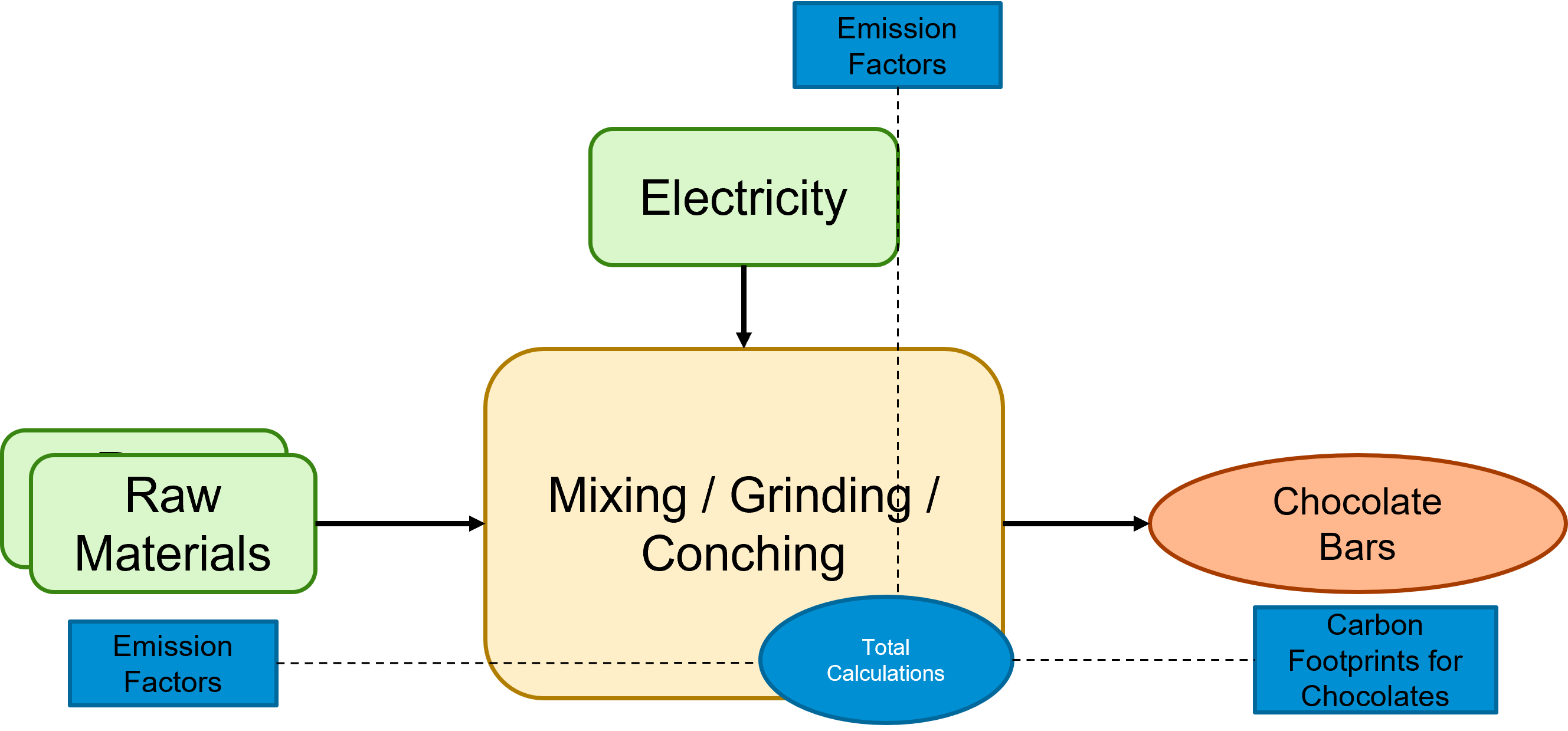
2023-10-19 05:26:7 Author: blogs.sap.com(查看原文) 阅读量:7 收藏
Prerequisites:
- This blog is done in collaboration with Nesreen Saleh and with the help of many other SAP Build experts who chipped in to help with the hands on preparations.
- You should have access to a landscape where SAP Sustainability Footprint Management Solution (henceforth referred to as SAP SFM) is setup and configured. You should also be familiar with the SFM Solution Functionality and APIs that are used below for the Demo and Examples. A general holistic overview of SAP Sustainability Solutions is available here.
- You have access to a landscape where SAP Build Solution is setup and configured. This includes Build Apps and Build Process Automation capabilities.
You should be familiar with SAP Build capabilities like SAP Build Apps, SAP Build Process Automation etc. To keep the Blog concise, we have omitted some basic steps and configurations in our Apps and Process Automation Projects.
Introduction
SAP Build is a powerful tool in the hands of customers and partners to create innovative extension apps and automation scenarios to help implement and realize specific customer challenges. As part of our endeavor to highlight how SAP Build capabilities can be used to extend standard SAP SaaS Solutions, we take one example in the Area of Sustainability and use it to design few extension scenarios.
SAP offers Sustainability Footprint Management solution which helps customers to calculate, manage, and report on their Scope 1, 2 and 3 Emissions as per GHG standards. While the Sustainability Footprint Management solution itself is very versatile, however being a SaaS solution, it offers data upload options via APIs and xls Templates. Each SAP Customer is unique in terms of landscape setup and data accumulation processes. Our customers and partners, who are trying to integrate with their own SAP S/4HANA Landscapes and get data to calculate Footprints, can leverage SAP Build capabilities to implement such specific processes.
In the following series of blogs, we will explore some of the scenarios which include automating import of supplier provided carbon emissions data into the SFM solution as well as the Calculated Footprints data from the SFM solution for customer-specific analytical scenarios. To know a little more on the Sustainability Footprint Management Solution, refer to the official Help Documentation. However the key points to note here are the APIs offered by the solution to Upload Supplier provided Sustainability Factors and Download Calculated Footprints which are published in more details on the SAP Business Accelerator Hub.
Let us first start with our first scenario to see the end-to-end calculation of Carbon Footprints.
Scenario: Suppose a chocolate manufacturer, which makes chocolates, sells the same, and wants to calculate the Carbon Footprint generated for each bar of chocolate produced. Now to do a simplistic calculation of the same, we will need data like Quantity of Raw materials purchased from different suppliers, Carbon Emissions for these raw materials and details of internal chocolate manufacturing processes like Baking etc. to calculate the overall Carbon Footprints for each Chocolate Box.

Scenario Overview
We won’t go into the calculation method which is handled in SFM. However, it is clear that we need some initial data to get started like
- Quantity of Raw materials purchased – which is usually derived from Purchase Orders posted in our SAP S/4HANA business systems.
- Supplier-provided emission factors. These emission factors can be derived from Primary data provided by suppliers or from Secondary data that various third party content aggregators collate. This data can come in different formats and can be collected in different ways either manually over emails or xls files etc.
Our first Blog in this series will focus on automating import of emission factors data into our Sustainability Footprint Management systems from various suppliers to enhance the data capture process.
Link: Using SAP Build Apps and SAP Build Process Automation to automate sustainability data Import.
如有侵权请联系:admin#unsafe.sh